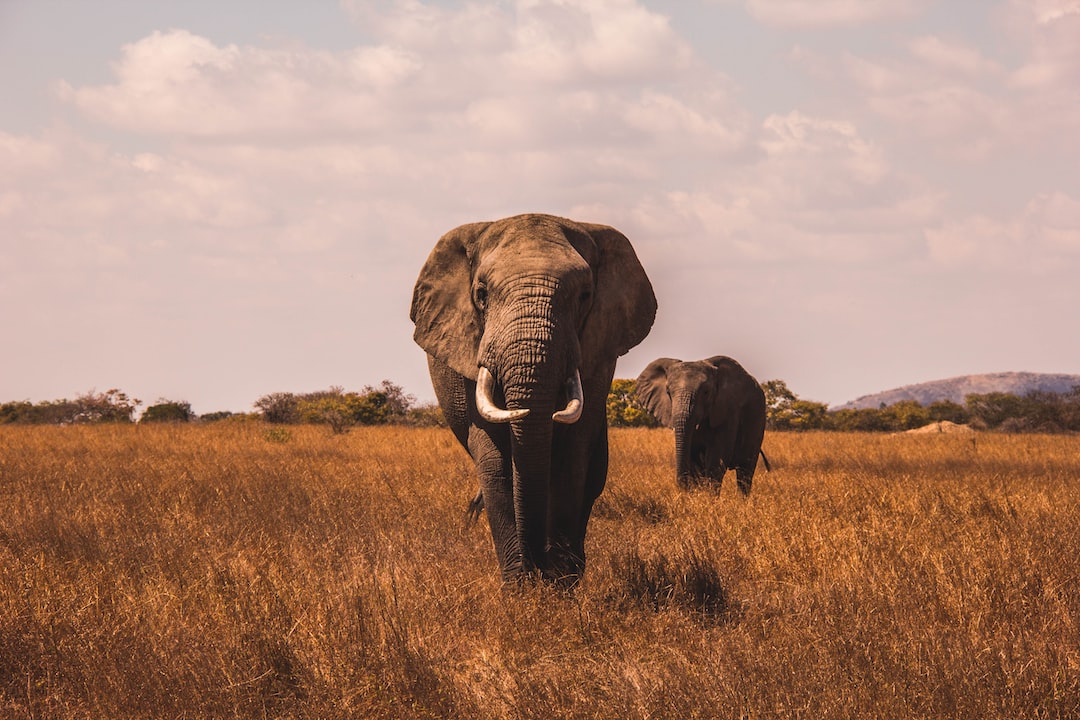The elephant poaching crisis is a stark reminder of the brutality with which humans have exploited the natural world. For centuries, elephants have been hunted for their ivory tusks – a commodity that has been in high demand for use in jewelry, religious art, and other products. This has placed enormous pressure on elephant populations, pushing them closer and closer to the brink of extinction.
In recent years, the elephant poaching crisis has reached alarming levels, with tens of thousands of elephants being killed each year. Many of these killings are brutal and inhumane, involving weapons such as poisoned arrows, spears, and guns. The elephants suffer terribly, enduring pain and suffering before finally succumbing to their wounds.
The effects of the elephant poaching crisis are devastating. Elephants are vital to the ecosystems in which they live, playing a crucial role in helping to maintain the balance of nature. They help to disperse seeds, creating new vegetation that is vital to other animal species. They also shape their environment, using their tusks to break up foliage and create paths through the forest.
As elephant populations decline, other species are affected too. For instance, the loss of their seed dispersal services has a domino effect on other animals and plants in the ecosystem. Furthermore, the ecosystems in which elephants live also suffer, leading to a loss of biodiversity and increased vulnerability to climate change.
Perhaps the most troubling aspect of the elephant poaching crisis is the fact that it is almost entirely driven by human greed. The demand for ivory is high, particularly in Asia, where it is seen as a status symbol and used in traditional medicine. Despite the fact that elephant ivory trade has been banned under international law since 1989, the demand for it has continued to drive poaching worldwide.
Stopping the elephant poaching crisis is one of the greatest conservation challenges of our time. It requires a global effort, with governments, conservation organizations, and individuals all working together to address the root causes and implement effective solutions. Some of the key steps that need to be taken include:
– Strengthening law enforcement and cracking down on the illegal ivory trade.
– Educating the public about the consequences of buying and selling ivory.
– Creating alternative livelihoods for people who rely on poaching for their income.
– Protecting elephant habitats and increasing efforts to monitor and conserve elephant populations.
The good news is that progress is being made. In some countries, such as Kenya and Tanzania, elephant populations have started to recover as a result of increased conservation measures. The international community has also stepped up efforts to combat the illegal ivory trade, with a number of high-profile seizures of illegal tusks in recent years.
However, much more needs to be done. The elephant poaching crisis remains a significant threat to these magnificent creatures, and to the health of the ecosystems they inhabit. We must continue to work tirelessly to ensure that elephants are protected for generations to come.

